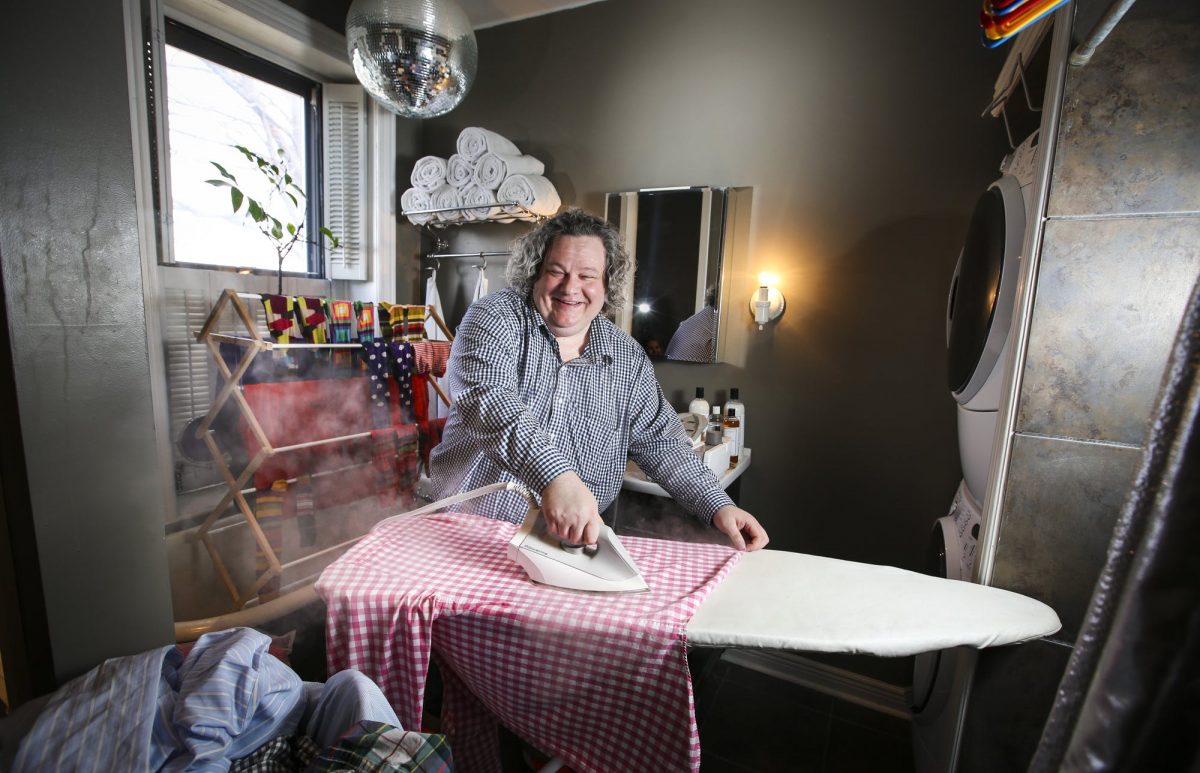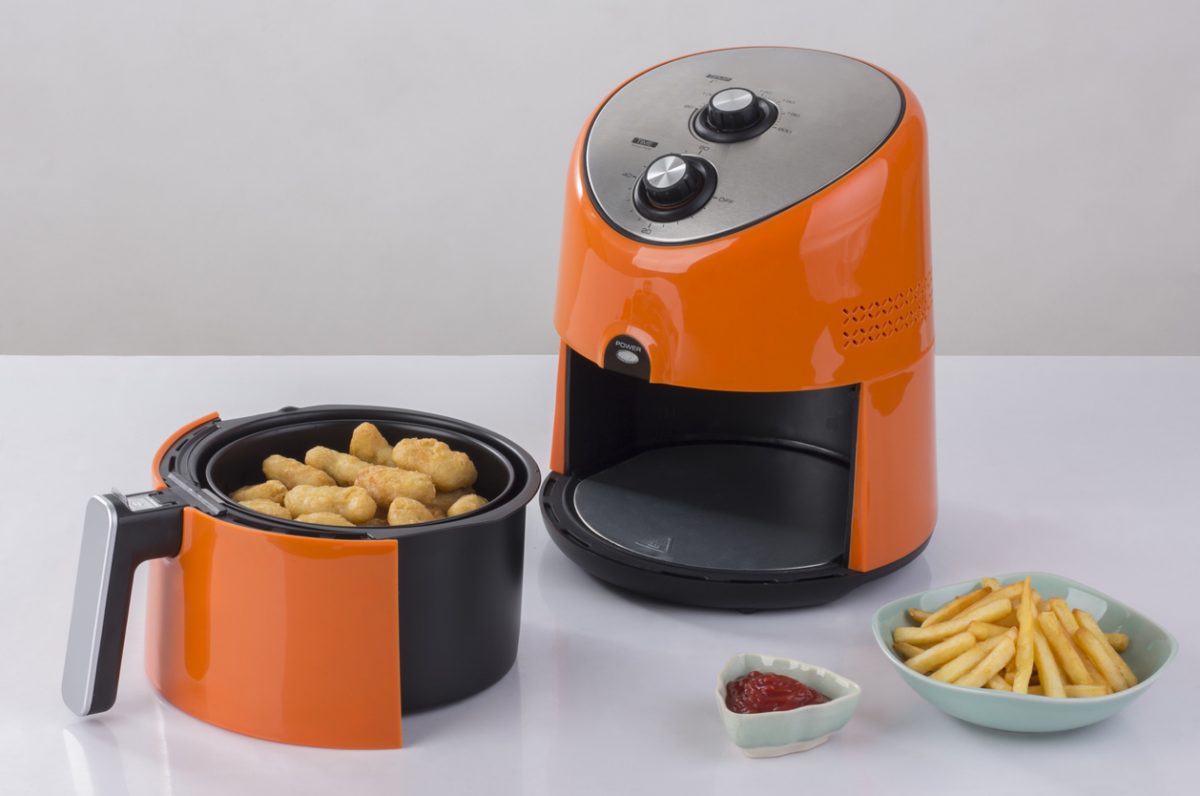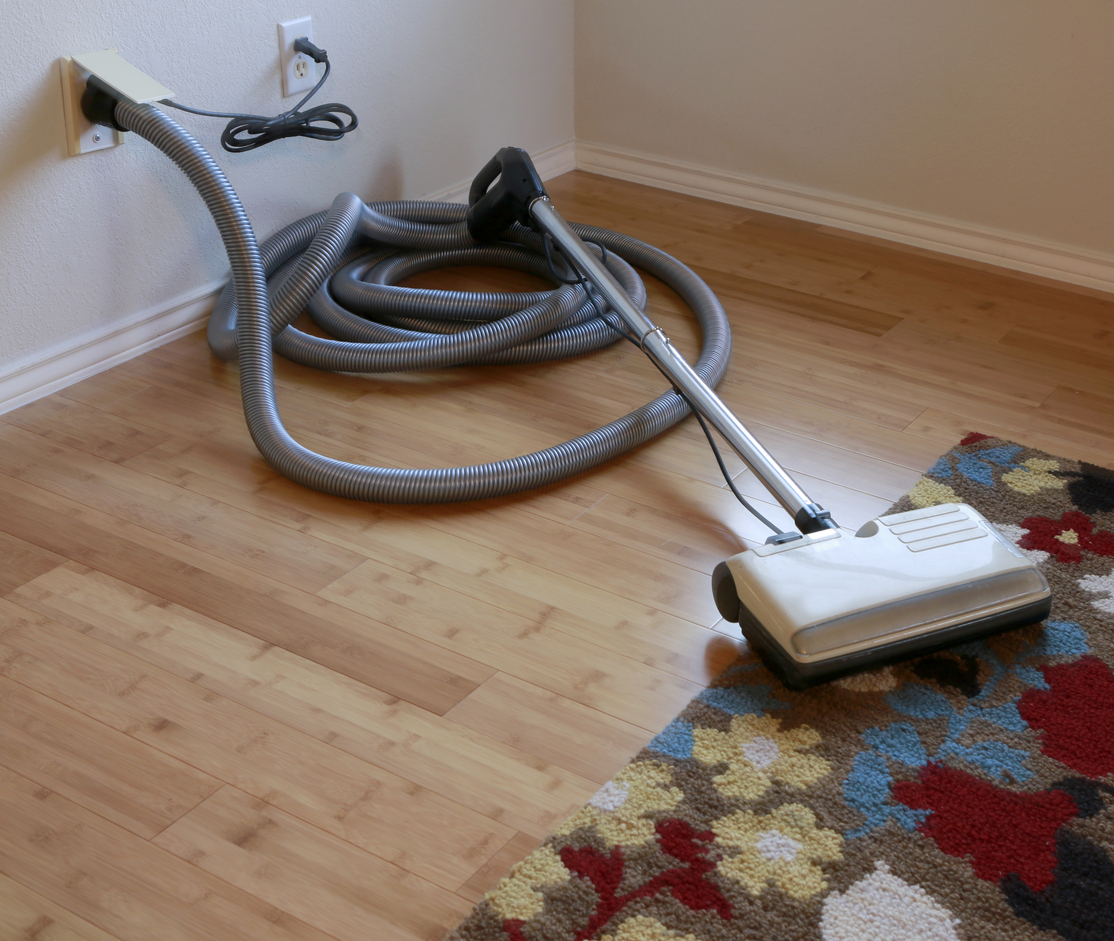How do you feel about laundry? For some, it is a pleasant household task that tickles almost all of the senses. There’s the fresh scent of detergent, the warmth of freshly dried laundry and the satisfaction you get when you look at the basket full of neatly folded clothes and linens in your brightly lit laundry room. Others might focus on the more labor-intensive aspects, like hauling clothes to and from the laundry room and waiting for the cycles to finish.
Whether you’re a fan of doing laundry or not, Patric Richardson, known as The Laundry Evangelist, wants to open your eyes to everything there is to love about laundry.

“When I was a kid, lots of my friends’ moms thought cooking was this big chore,” says Richardson, owner of Mona Williams, a designer vintage clothing store in the Mall of America. “Now, there are multiple TV networks devoted to cooking. I kind of think laundry is the same thing. If you decide it’s fun, it’s fun.” Just how much fun is up to you. Richardson, who has installed a disco ball in his laundry room and does laundry to the sounds of disco, takes it to the next level. He has even developed his own brand of laundry flakes, which he sells under The Laundry Evangelist label.
Richardson’s love of laundry goes back many years, to an age long before most people are even aware of the fine points of fabrics, detergents and sorting socks.
“For my third Christmas, Santa brought me a laundry machine,” Richardson says. “I have just always loved laundry. I like the whole process. The laundry room is kind of warm. You have a stain, and an hour and a half later, you have a perfect garment. There’s a real sense of satisfaction in a short amount of time.” He went on to earn a degree in textiles from the University of Kentucky and equates his love of laundry with his affection for clothes. “If you like baking, you also love cake. You like the finished product.”
The Laundry Evangelist has even built up a congregation of sorts, with his pulpit taking the form of Laundry Camp, a free, 90-minute class during which Richardson teaches participants how to wash everything they own. They’ll learn how to remove stains, and that dry-clean only is more of a suggestion. Many participants say they hated laundry before taking the class, but that changes. “Lots of people get really excited and come back,” Richardson says.
One of the more common misunderstandings about laundry, Richardson says, is that “more” – more water, more detergent, more dryer time – is better.
Some of those misunderstandings come from a lack of knowledge of how clothes washers work.
“Machines are designed to force water through your clothes,” he says. “When there’s too much water, it can’t be forced through your clothes. I always tell people that the technology in the modern washing machine is amazing. Let it do what it knows how to do. You don’t try to reprogram your computer or phone, and your washing machine is every bit that sophisticated. Let it do what it knows how to do.”
Too much dryer time causes dry clothes to start rubbing against each other, causing friction that can set wrinkles in place, Richardson says. “It’s like you’re ironing those wrinkles in.” And too much detergent won’t rinse out.
Richardson finds that short cycles will do the trick for most laundry, but consider your own needs. “If you have kids’ clothes or something really dirty, you might need a longer cycle.” For detergent, he favors soap. “I’m a fan of anything very gentle that rinses really clean,” he says. “It could be baby detergent or hosiery wash. I want things that rinse all the way out.” His essential arsenal of laundry tools includes a bar of laundry soap, a mesh bag, and a horsehair brush that will allow you to scrub clothing without damaging the fabric.
Anyone who wants to take their laundry game to the next level should start by learning more about the fabrics their clothing is made of. Richardson offered these fabric-specific tips:
Wool: Focus on minimizing abrasion during the cycle, Richardson says. He recommends putting it in a mesh bag and washing it on a fast cycle. “The bag keeps it in place so it doesn’t move around and stretch out,” he says.
Polyester: Did you spill salad dressing on your shirt at lunch? “Polyester has a tendency to hold oil,” Richardson says. A spray of 50/50 mix of vinegar and water will break up the oil.
Silk: Wash it in a mesh bag to avoid pilling.
If you’re in the market for a new washer and dryer, Richardson recommends looking at size first. “Look at your laundry,” he says. “Don’t just say ‘That’s pretty’ and take it. Go in knowing that you need to wash big loads of laundry because your kids play hockey. The industry is so great. All washing machines are good. You really can’t buy a bad one.”
And with a little bit of knowledge, Richardson is confident you can learn to wash anything safely. “I’ve had customers wash their wedding dress,” he says. “It’s practice, like anything else.”











